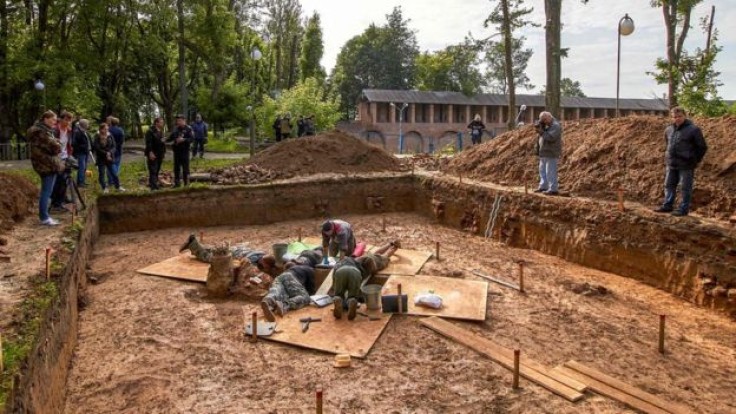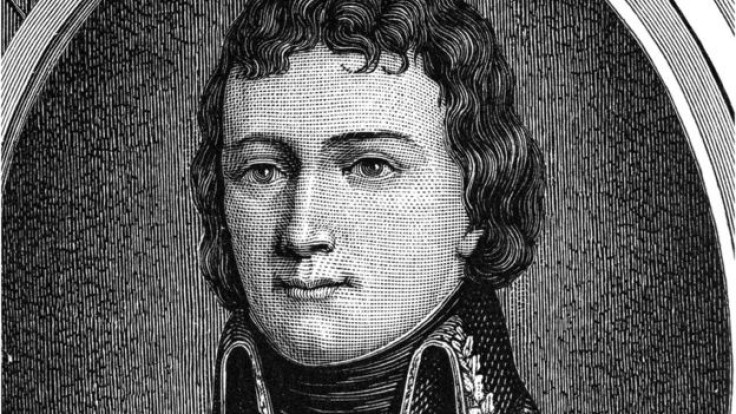
After thorough analysis and DNA tests, French archaeologists officially confirmed that the one-legged skeleton found under a dance floor in western Russia belonged to Charles-Etienne Gudin, Napoleon's favorite general.
Gudin, who died near the town of Smolensk at the age of 44, was struck by a cannonball during the French occupation of Russia in 1812. He had to amputate his leg but died of gangrene three days later. On the day of his death on August 22, 1812, the French army removed Gudin's heart and buried it in Paris' Père Lachaise cemetery chapel.
The hunt for the remains of Gudin started in May and was led by the Kremlin-backed historian Pierre Malinowski. He said this week that the DNA tests from the remains found in Russia matched those of Pierre-César Gudin, the brother of Charles-Etienne Gudin, who was also one of Napoleon's generals.
Mr. Malinowski told France's France Bleu broadcaster that the DNA result fits 100% and there is absolutely no doubt that the bones belonged to Gudin.
Researchers used the memoirs of another French general of the Napoleonic period. They examined the files of Louis-Nicolas Davout, who arranged the funeral of Gudin, and located his burial ground. They also followed another witness account that led them to the same location of the coffin.
Gudin was an aristocrat since birth and a veteran of both the French Revolutionary and Napoleonic wars. He is believed to have been one of French Emperor Napoleon Bonaparte's favorite generals as they both attended the same military school.
A bust of his likeness is presently kept in the Palace of Versailles, his name is inscribed on the Arc de Triomphe in Paris, and he also has a street named after him in the French capital.

But why did he die in Russia?
The Battle of Valutino took place near Smolensk, a city west of Moscow, on August 19, 1812. Napoleon's 400,000-man "Grande Armée" or Great Army was thought to be unbeatable, and he had expected a quick victory himself. It was part of his plan to conquer Russia. But Valutino was one of the many lost battles of the French conqueror and saw the deaths of about 7,000 Frenchmen.
After the battle, Napoleon was furious, knowing that he had missed another good opportunity to capture and kill the Russian army. In that battle, his good friend and most trusted General Charles Etienne Gudin was shot with a cannonball, which led to the latter's demise.
Popular history narrates that his heart was removed for burial in France and the rest of his body buried in Russia due to logistical problems during the war. The military campaign to conquer the Russians ended in a disastrous retreat from Moscow.
In a letter, Napoleon vowed to blow up the Kremlin. He also wrote his frustration with his army being stricken with disease, hunger and hypothermia due to Arctic winter. The letter showed his handwriting that translated to, "My cavalry is in tatters, a lot of horses are dying."
Today, the discovery and retrieval of General Gudin's remains is considered a French victory on its own.
© 2025 University Herald, All rights reserved. Do not reproduce without permission.








